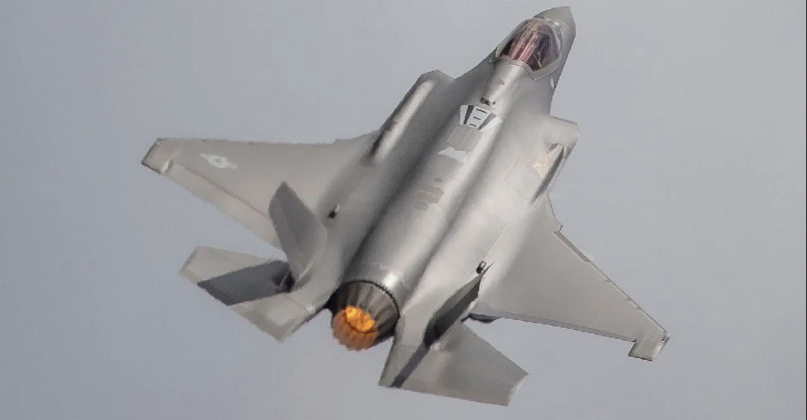News
F-35’s Deeply Troubled Engine Runs Up $38 Billion in Extra Maintenance Costs – Losses Equivalent to Price of Almost 500 New Fighters
The F-35 stealth fighter’s Pratt & Whitney F135 engines have cost the Pentagon $38 billion of dollars in unexpected maintenance costs due, according to a new report by auditors from the U.S. Government Accountability Office. The engine’s cooling capacity in particular has been wholly insufficient to meet the power demands of the fighter’s sensors and electronics, with the F135 having been commissioned when the F-35 was still conceptualised as a much lighter and cheaper fighter with lower power demands closer to the size of its predecessor the F-16. The engine has gained growing criticism over the past year, with its role being particularly critical for the United States Military and for NATO more broadly as the F-35 is the only post fourth generation fighter in production outside China and Russia – and the only peer level challenger to the Chinese J-20 stealth fighter in terms of avionics, stealth and the integration of key next generation technologies. The F-35 is relied on by the U.S. Air Force, Navy, Marines and the services of multiple allied states from Japan and South Korea to Israel and a fast growing number of European NATO members, with a lack of remotely comparable competition from other Western fighters ensuring a very large market share. The F135’s outstandingly low availability rates and excessive maintenance needs have nevertheless continued to ground F-35s at six times the standard rate of other fighter classes, with Pentagon officials having highlighted issues with the F135’s power module as a key cause for the fighter’s low mission capable rates.

The limitations of the F135 have forced F-35s to pull electrical power and air cooling well beyond its design specifications, with the issue of excessive strain on the engine is expected to worsen significantly with the Block 4 upgrade for the fighter. Although significantly improving the aircraft’s performance, the upgrade will also substantially increase the required engine cooling capacity. The Government Accountability Office report observed that while the F-35’s prime contractor Lockheed Martin discovered the cooling issues in 2008, and requested a design revision to address the problem in 2013, the Pentagon denied the request specifically in order to cut costs and avoid further delays to the program, which was already running very far behind schedule and was tens of billions of dollars over budget. “Programme officials decided to continue with the F135 engine’s original design with the understanding that there would be increased wear and tear, more maintenance, and reduced life on the engine because it would need to provide more air pressure to the PTMS than its design intended,” it observed. The resulting losses are approximately equivalent to the cost of purchasing 475 new F-35A fighters from production lines, reflecting the fact that due to multiple factors causing major cost overruns each F-35’s lifetime operational costs dwarf its production costs.

Issues with the F135 have fuelled growing calls for development of a new engine to power the F-35 and eventually re-engine the hundreds of fighters already built. The fact that the F-35 has one of the poorest flight performances of any 21st century fighter, and a far lower endurance than the large majority of Chinese and Russian fighters, has further contributed to calls for the F135’s replacement. The powerplant faced scathing criticisms from the House Armed Service Subcommittee on Readiness Chairman Congressman John Garamendi in May 2022, when he slammed the suggestion that the F-35 switch to reliance on a different engine from another producer saying it would likely result in two different engines that both “don’t work.” “Maybe the engine is not working, which is a Pratt & Whitney problem,” the chairman said. “They’re going to be before this committee soon. If they’re in the audience and if they’re listening, watch out. I’m coming at you in a very angry mood. You give us an engine and it doesn’t work, well it worked for a little while until it gets some dust around and then it doesn’t work. What the hell? What’s going on here?” While the future of the F-35’s powerplant remains uncertain, China was reported in March to have placed a next generation engine for its J-20 fifth generation fighter, the WS-15, into serial proaction.












